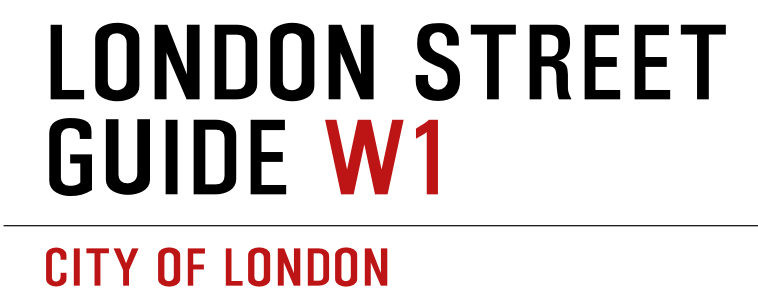Place Name
Lacock Abbey, in Wiltshire, was founded in 1232 by Ela, Countess of Salisbury, as a nunnery for Augustinian canonesses, it originally served as a religious house dedicated to St Mary and St Bernard. The abbey was active for more than 300 years until the Dissolution of the Monasteries, Henry VIII’s land grab against the Roman Catholic Church. It was dissolved in 1539, and its land and buildings were sold. Afterwards, it was converted into a private residence by Sir William Sharington, who acquired it in 1540. Sharington made significant changes to the abbey, transforming it into a country house while retaining many of its medieval features. He preserved the cloisters, chapter house, and sacristy, integrating them into the new house’s structure. Sharington, a well-known figure at the royal court, enriched the house with Renaissance elements, such as the famous octagonal tower that is still a key feature of the property. In the 18thCentury, the Abbey passed into the hands of the Talbot family, most notably William Henry Fox Talbot, a pioneer of photography. In 1835, Talbot famously took what is considered one of the earliest known surviving photographic negatives of a window at the Abbey, marking the site as a key location in the history of photography. The abbey continued as a residence of the family until the mid-20thCentury, when it was bequeathed to the National Trust in 1944 by Matilda Talbot, Fox Talbot’s granddaughter. Today, the Abbey is a popular filming location for film and television series, including the Harry Potter films. Lacock Close is one of the many south Wimbledon roads named for abbeys due to the proximity of the site of Merton Priory.
![]()
